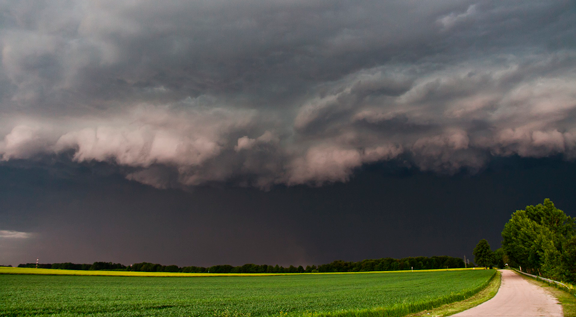
Image: Pixabay
The expectation is that this season the phenomenon will have a weak to moderate incidence and should last until February with more intensity and start to lose strength from March onwards. The WMO calculates that there is a chance of 90% that surface temperatures in the tropical Pacific Ocean will remain at La Ninã levels until the end of the year and a chance of up to 80% that they will remain at that level for the entire first quarter of 2022.
{module Form RD}
With harsh winters and droughts around the world, the organization highlighted that “temperatures in several parts of the world will remain above average due to the heat accumulated in the atmosphere, retained by record levels of greenhouse gases”, said the OMN, an arm of the UN.
Sectors such as agriculture, healthcare, water resources and disaster management will be affected. Countries in the Southern Hemisphere, such as Argentina and Chile, are expected to suffer from extreme droughts. In Brazil, the states in the North and Northeast regions should expect more rain, while those in the South may have less precipitation and water reserves. In the Southeast and Central-West, phenomena such as sandstorms cannot be ruled out.
By: Eliza Maliszewski | agrolink










